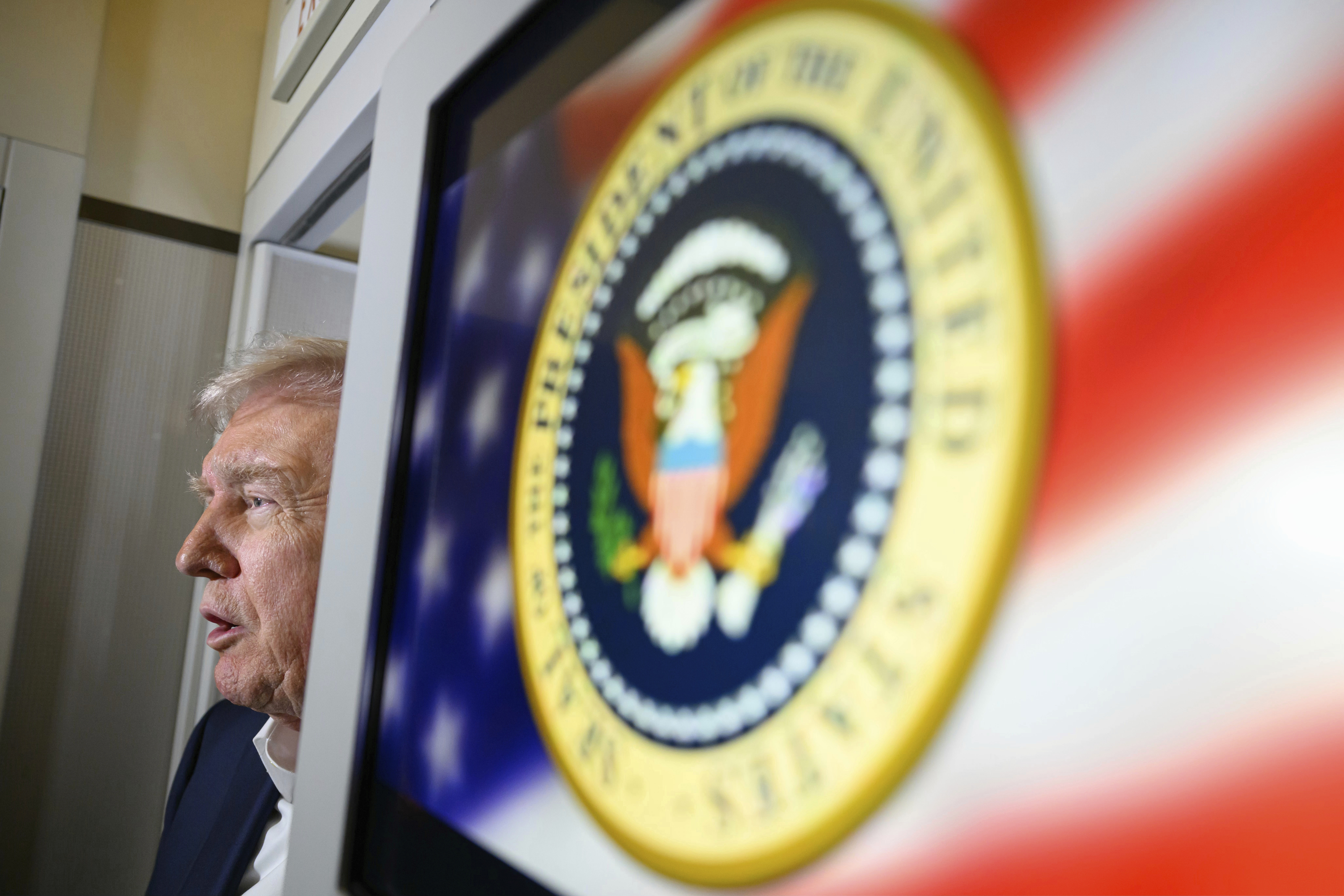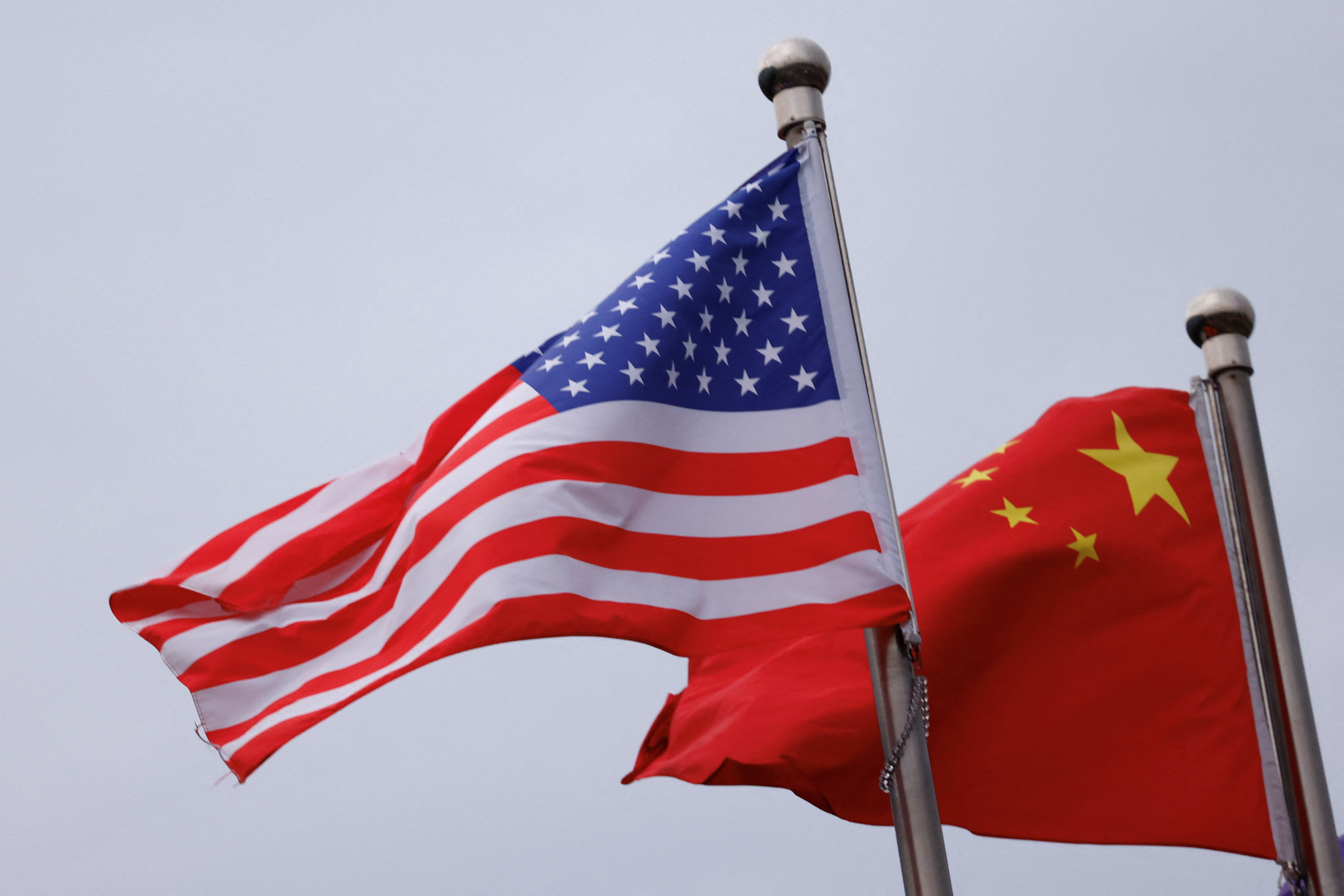Washington, DC — Erasmus K. Kersting doesn't blink when he lays it out: This is how economic wars start — and like real ones, they rarely end clean.
The Villanova professor, who is the department chair and a noted economist at the storied university, speaks with the poise of someone who's been charting trade curves since the first round of Trump tariffs hit.
Today, he's watching history repeat itself — with sharper edges.
"At this point, everyone will be hit," Kersting tells TRT World.
"US consumers will see prices rise while firms lose demand abroad. It's a trade war now — tariffs hitting both sides of the market. And the US consumer loses either way."
On April 9, US President Donald Trump paused most tariffs for 90 days — except on China. There, he didn't blink either.
In response to Beijing's 84 percent retaliatory tariffs, Washington upped the ante to a blistering 125 percent — and then added another 20 percent in penalties. The total? A record-breaking 145 percent.
China fired back, pushing its own levies on US goods to 125 percent. The result: an escalation that has markets rattling, supply chains grinding, and two superpowers digging in.
Kersting adds: "Some goods may become more expensive. Others might disappear altogether. And while Chinese consumers will feel some pain, their economy isn't as consumption-driven as America's. In that sense, China has the upper hand here."

Cold trade war turns hot
Sarah Klein, a New York-based macroeconomist, frames it in clinical terms.
"Smartphones. Laptops. Toys. These make up the fabric of American consumption — and up to 85 percent come from China," she tells TRT World.
"Tariffs of 145 percent mean that a $1,000 iPhone may retail for $1,400. And that's before the 10 percent baseline tariffs hit everything else."
Prices are expected to surge. Inflation, which had dipped below 3 percent, is projected to soar to 4.4 percent by year's end. JPMorgan warns of a looming 60 percent recession.
And that's just the consumer side.
In the US heartland, soybean exports to China — once a $14 billion trade artery — have dropped by 25 percent. Agricultural tech firms (firms producing farm equipment, precision agriculture tech, or inputs like seeds and fertilizers) may find their China sales "significantly impacted."
Even sectors meant to benefit, like steel and aluminum, are feeling the pinch. Input costs for auto and machinery firms are up 15 percent.
"One hand giveth, the other taketh away," Klein says.
In China, the pain is likely to be equally acute. Foxconn may hit a revenue loss. Guangdong's factories could be laying off workers.
Winners, losers, and the new trade map
But in every fire, some find fuel.
Vietnam's exports to the US are booming, up 50 percent since 2020. Mexico, now the top US trading partner, is scaling up auto production. India is emerging as a major electronics hub, with Apple shifting 15 percent of iPhone production there.
"Generally, nations that produce what the US once exported to China stand to gain," says Kersting.
"Last time, Brazil took the lead on agriculture. This time, China is actively courting Europe — trying to blunt the US blow by trading more with the EU."
"It's the revenge of the middle powers," adds Klein.
"Countries that stay neutral — Vietnam, Mexico, India — could feast on the fallout."
Yet for others, the trade war is a vice tightening on both ends. The EU is caught between $900 billion in US trade and $900 billion with China. Germany's automakers, who rely on Chinese parts, are seeing cost spikes.
Taiwan's semiconductor exports are under pressure from both US tariffs and Chinese rare earth restrictions. Even allies like Australia and Canada are caught in the undertow — facing pressure from both Washington and Beijing.
"In the short run, things are going to be more expensive," Kersting says. "Supply chains are in place and cannot be altered overnight."
The long view: Fractures and forecasts
In the short term, electronics prices could be climbing first. Air freight rates from Asia are up 20 percent.
But it's the long-term shifts that worry economists most.
"In the long run, countries that have lower tariffs will be more attractive, so firms like Apple and Nike will try to source their goods and intermediate goods from countries like India or Vietnam, as long as those countries can escape tariffs."
Current supply chains — complex, fragile, and years in the making — are in a state of flux.
Apple plans to move 25 percent of iPhone production to India and Vietnam by 2028. Tesla is eyeing Mexico. Chipmakers are pouring $60 billion into new facilities outside China.
The cost of these shifts? Redundancy, inefficiency, and higher prices for consumers.
"This may be the end of cheap goods," Klein says. "And quite possibly, though it remains to be seen, the end of the integrated world economy as we knew it."

The trust gap
Perhaps the most corrosive element isn't economic — it's psychological.
"With policies being announced, then changed, then re-announced, the trust gap widens," Kersting says.
And trust, once lost, takes years to rebuild.
For now, both sides appear ready to entrench further. Beijing has accused Washington of economic "bullying." And Trump says the tariffs were "just the beginning" while expecting something positive to come out of potential trade talks with Beijing.
Behind the noise, the fundamentals are slowly shifting.
The US and China — two main pillars of the post-Cold War order — are drifting apart. And the gap isn't just strategic. It's economic. It's personal. It's structural.
And, as Kersting puts it, "De-coupling of China and US would be a drastic change with overwhelmingly negative outcomes to consumers and the world economy."



















